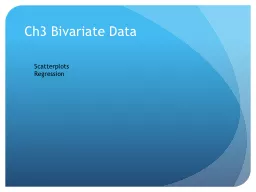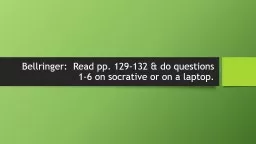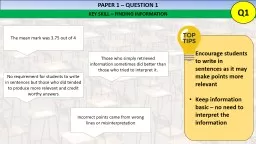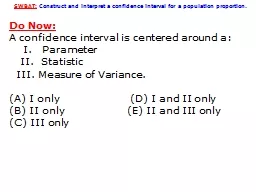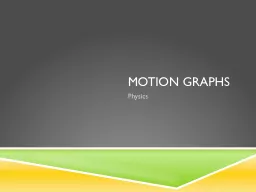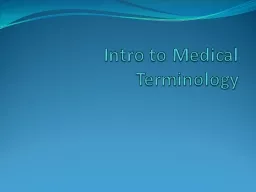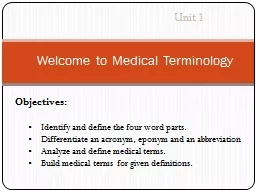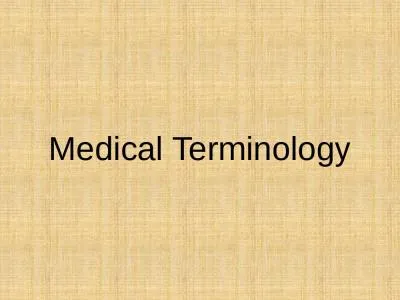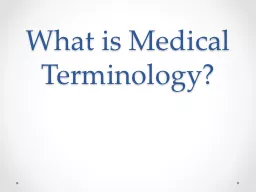PDF-How to interpret medical termsMedical terms have three possible word p
Author : evelyn | Published Date : 2022-08-31
PG 2 PG 3 Combining word segments to understand meaningMedical terms are formed by combining word segments root can be combined with pre31xes roots or suf31xesFor
Presentation Embed Code
Download Presentation
Download Presentation The PPT/PDF document "How to interpret medical termsMedical te..." is the property of its rightful owner. Permission is granted to download and print the materials on this website for personal, non-commercial use only, and to display it on your personal computer provided you do not modify the materials and that you retain all copyright notices contained in the materials. By downloading content from our website, you accept the terms of this agreement.
How to interpret medical termsMedical terms have three possible word p: Transcript
Download Rules Of Document
"How to interpret medical termsMedical terms have three possible word p"The content belongs to its owner. You may download and print it for personal use, without modification, and keep all copyright notices. By downloading, you agree to these terms.
Related Documents



